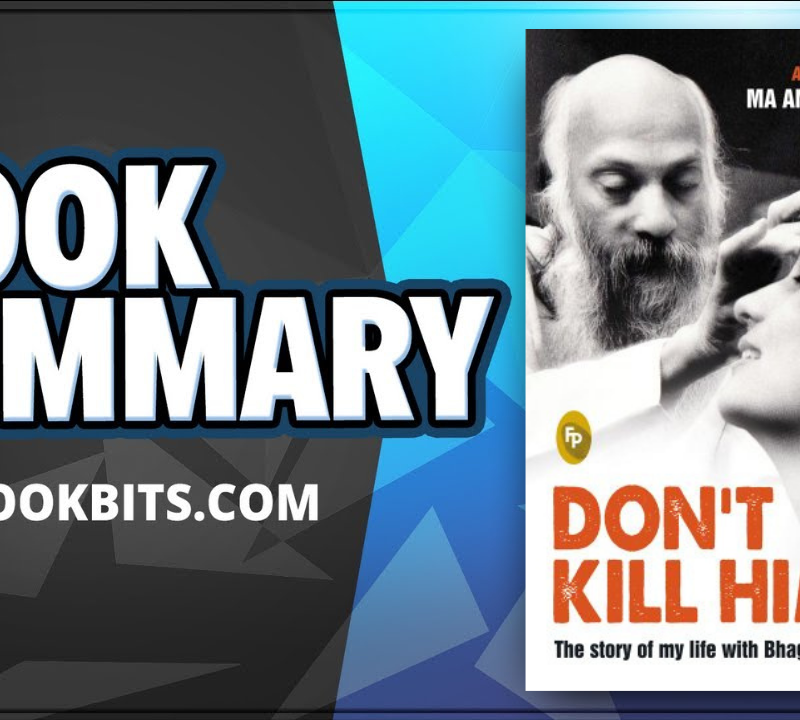★DOWNLOAD THIS FREE PDF SUMMARY HERE https://go.bestbookbits.com/freepdf
? MY FREE BOOK TO LIVING YOUR DREAM LIFE” https://go.bestbookbits.com/first-seven-steps
? SPONSOR BESTBOOKBITS BY USING PATREON https://www.patreon.com/bestbookbits
? SUPPORT BESTBOOKBITS BY CLICKING THE LINKS BELOW
- 150 PDF Summaries: https://go.bestbookbits.com/150
- Coaching Program: https://go.bestbookbits.com/coaching
- Subscribe to My Channel: https://www.youtube.com/bestbookbits?sub_confirmation=1
- Website: https://bestbookbits.com
- Instagram: https://www.instagram.com/bestbookbits
- Spotify: https://open.spotify.com/show/0q8OW3dNrLISzyRSEovTBy
- Facebook: https://www.facebook.com/michaelbestbookbits
- Book Club: https://bestbookbits.com/bookclub/
- Mailing List: https://mailchi.mp/d1dfc1907cdb/bestbookbits
Beginnings
Genghis Khan was born in 1162, unified all tribes on steppe and founded the Mongol nation in 1206. His life and character were shaped by rugged landscape on the Mongolian steppe.
Genghis Khan was self-made. Grew up in a world of violence (murder, kidnapping, enslavement), encountered no more than a few hundred people on the Mongolian steppe in his childhood, received no formal education. He showed remarkable instinct for survival and self-preservation.
Military Genius
Brilliant use of speed and surprise on battlefield. Perfected siege warfare, negating benefits of walled cities. Goal of every invasion was to frighten the enemy into surrendering before the battle began.
Turned massive populations against the places they invaded by terrifying peasants at the foothills and sending swarms of refugees into the cities which could not support them.
Traveling lightly, quickly: Traveled without a supply train (waited until cold months so horses could graze, better for hunting) or siege engines and equipment. Instead, brought along a faster-moving engineering corps to build whatever they dreamed up or the situation required. Mobility boost from all cavalry (no marching infantry).
“Victory did not come to the one who played by the rules; it came to the one who made the rules and imposed them on his enemy. Triumph could not be partial. It was complete, total, and undeniable – or it was nothing.” JW
In 25 years under Genghis Khan, the Mongol army conquered more lands and people than the Romans conquered in 400 years.
Leveraged his own naiveté as a tool – did not grow up in cities of have access to antiquated tactics. Had to create his own, such as diverting a channel of the Yellow River to flood the fortified Tangut capital.
Would often lure enemy away from battlefield in false retreat, drew enemy further away (in overconfidence) and exhausted them. Once enemies became disorganized and tired, Mongols would turn and shoot them down.
Benefits of Multiculturalism
“Genghis Khan’s army combined the traditional fierceness and speed of the steppe warrior with the highest technological sophistication of Chinese civilization.” JW
Each step of the way, combined new ideas and strategies he learned or discovered from different challenges or cultures. Always learning, experimenting, adapting, and revising. Never fought the same war twice.
Genghis Khan sought talented men as his closest advisors, no matter their origin.
“Whether in their policy of religious tolerance, devising a universal alphabet, maintaining relay stations, playing games, or printing almanacs, money, or astronomy charts, the rulers of the Mongol Empire displayed a persistent universalism. Because they had no system of their own to impose upon their subjects, they were willing to adopt and combine systems from everywhere. Without deep cultural preferences in these areas, the Mongols implemented pragmatics rather than ideological solutions.” JW
Arbitrary Authority
Distrust of arbitrary authority – Championed individual merit, loyalty, achievement and smashed feudal system of aristocratic privilege and birth.
Killed all aristocratic leaders (rich and powerful) in each conquered land to decapitate social system of enemy and eliminate future resistance.
Loyalty
Inspired deep loyalty in his people by taking conquered people into his tribe (sans aristocrats) as equal members in good standing who could share fairly in future prosperity. This helped unite his future empire.
Second-order thinking: When looting, ordered a soldier’s share for each widow and orphan of anyone killed in the raid. Main benefit was to avoid temptation to rush looting without complete victory. Also, inspired soldiers who knew he would take care of their families.
In six decades, none of his generals deserted him. He also never harmed or punished a single one of them. Unrivaled fidelity among all great kings throughout history.
Organized warriors across different tribes and kin into units of ten (arban) who were to fight and live together as loyally as blood. Helped unite tribes and people across the empire.
Sought to remove all animosity/dissension within the ranks of his followers: Forbade the enslavement of any Mongol, declared all children legitimate, forbade selling of women into marriage, outlawed adultery, punished theft of animals, forbade hunting of animals during breeding times (March-October), decreed complete and total religious freedom.
Legacy
First to connect China and Europe with diplomatic and commercial contacts–opened the world to new commerce in goods, ideas, knowledge. Unrivaled carriers of culture.
Literacy and the number of books increased drastically during the Mongol dynasty.
First in history to decree compete religious freedom for everyone in the empire. Recognized the disruptive potential of competing religions.
After initial destruction and shock of conquest in each country the Mongols set foot in, unprecedented rise in cultural communication, expanded trade, improved civilization. Mongol influence, in many ways, led Europe to the Renaissance.
“Without the vision of a goal, a man cannot manage his own life, much less the lives of others.” GK
Fostered exchange of medical knowledge by establishing hospitals and training centers, bringing together the best doctors of the time from India and the Middle East with Chinese healers.
Set foundation for modern world with free commerce, open communication, shared knowledge, secular politics, religious coexistence, international law, and diplomatic immunity.
Khubilai Khan
Lacked military skills of Genghis, but also recognized he couldn’t conquer China by mere force. Combined brilliant ideas with great implementation which allowed him to manage his territory and its expansion south.
Commissioned Chinese-style imperial capital which grew into modern capital of Beijing.
Previous dynasties had tried to unite Chinese states, but Khubilai was the first one to pull it off. Accomplished this by empowering Peasants by giving them responsibility in local community (acting as local governments), public schools, education, literacy. “The greatest legacy of the Mongol Empire bequeathed to the Chinese is the Chinese nation itself.” Hidehiro Okada
Downfall of the Mongol Empire
The plague cut off each part of the Mongol Empire (Persia, Russia, China) from the other and interlocking system collapsed. Depended on quick, constant movement of people and information. During the plague, various parts of empire were either decimated or isolated themselves for survival.
1492, more than a century after the last khan ruled over China, Christopher Columbus set off to revive lost contact with Mongol court. Reached United States thinking it must be southern neighbors of Mongols in India (hints naming, “Indians”).
★DOWNLOAD THIS FREE PDF SUMMARY HERE https://go.bestbookbits.com/freepdf
? MY FREE BOOK TO LIVING YOUR DREAM LIFE” https://go.bestbookbits.com/first-seven-steps
? SPONSOR BESTBOOKBITS BY USING PATREON https://www.patreon.com/bestbookbits
? SUPPORT BESTBOOKBITS BY CLICKING THE LINKS BELOW
- 150 PDF Summaries: https://go.bestbookbits.com/150
- Coaching Program: https://go.bestbookbits.com/coaching
- Subscribe to My Channel: https://www.youtube.com/bestbookbits?sub_confirmation=1
- Website: https://bestbookbits.com
- Instagram: https://www.instagram.com/bestbookbits
- Spotify: https://open.spotify.com/show/0q8OW3dNrLISzyRSEovTBy
- Facebook: https://www.facebook.com/michaelbestbookbits
- Book Club: https://bestbookbits.com/bookclub/
- Mailing List: https://mailchi.mp/d1dfc1907cdb/bestbookbits













